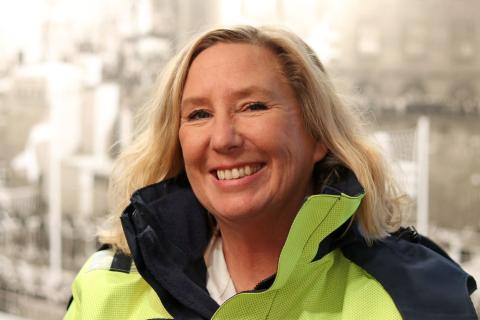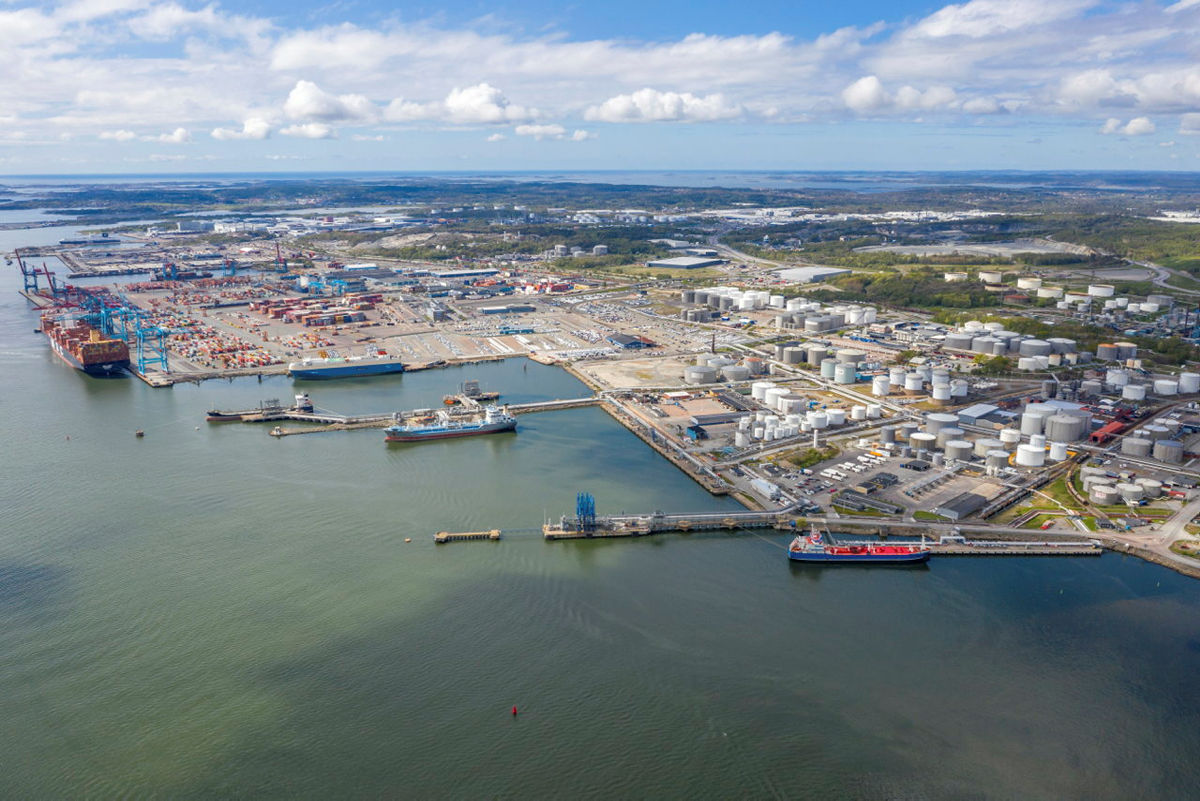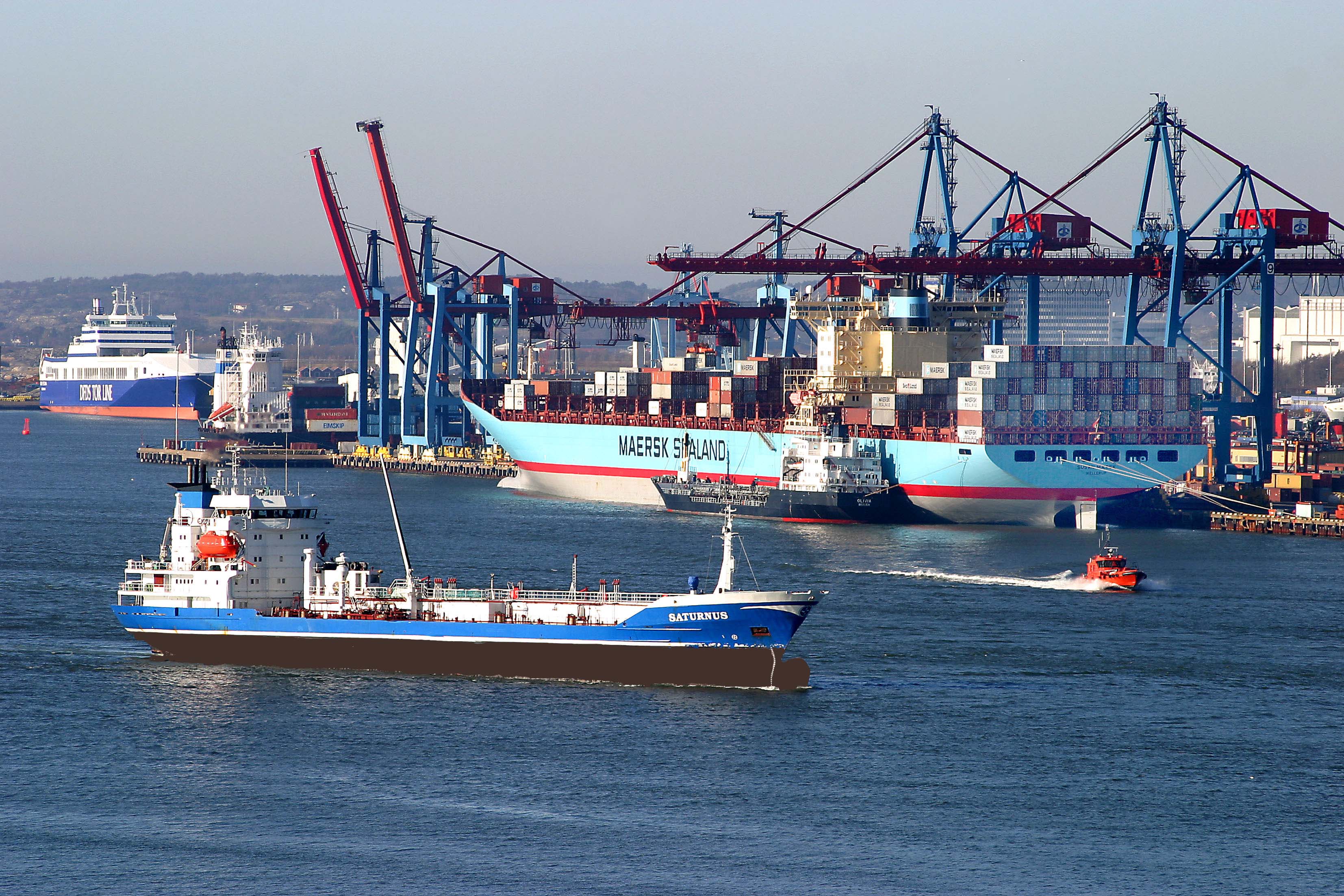Harbour Master
Harbour Masters
Worldwide there are approximately 3,000 merchant ports and the work of the Harbour Master can vary widely from country to country and from port to port even within the same country.


Åsa Kärnebro has spent her entire working life in the shipping sector, fulfilling diverse roles both on board and on shore. In this article, she looks back at the route she took to get where she is today and talks about how, with the support of her team and network, she is preparing for tomorrow.
Åsa set sail as soon as she left school. It was 1985 when she took up her first position as able seaman on a tanker vessel with Swedia Shipping. It was to be the start of a dynamic maritime career. By 1991, when she was just 24 years old, Åsa had already earned Junior Officer status – combining her experience a year later with a Masters degree at the Merchant Marine Academy.
A few years later, Åsa decided to start a family. It was time to go ashore, at least for a while. Soon though, she was back out on the water, working on pleasure craft amongst the islands of the Stockholm archipelago. At this stage, though, she was sure that she wanted to spend time with her family and was going to have to come ashore for the long-term.
“The difficulty was, I had only ever worked on board. My whole career to that point had been on the water. I didn’t know anything else.”

Undeterred, she started applying for every sort of shore-based maritime role she could find. It wasn’t long before Åsa found herself a position teaching navigation and tanker-based courses at the Merchant Marine School in Gothenburg.
Soon after, however, Swedia Shipping approached her and offered her a HR role and she was back with her old company. It was a time of change in the Swedish maritime industry. For the first time, the country’s shipping sector was about to employ Filipino sailors onboard. Åsa’s role was to help prepare the ground for this.
The process went smoothly and Åsa quickly attracted the attention of DFDS, who were also about to embark on the employment of Filipinos. It was time for another change.
“I really enjoyed working with other cultures. I learned a lot about other people, but also a lot about myself. I particularly enjoyed the personal contact we had with the sailors and their families. We organised a lot of events to introduce them to the company and its values. At the same time, we were providing Swedish officers with inter-cultural training to help them bring out the best in the crew and ensure they were well treated. This was one of my best years.”
As Åsa herself says, however, all good things come to an end. Fortunately, new beginnings were just around the corner. In 2002, she started work in a new role as personnel manager for the pilots and VTS personnel in the Port of Gothenburg. This led, in time, to employment in the port itself. Here, Åsa helped to set up a 24/7 vessel traffic centre. With her experience in pilotage, she was able to make a valuable contribution.
“I felt something was missing,” she explains. “I felt the port needed to work with VTS. I started lobbying and, in 2012, we brought them in. Since then, we’ve had a very good cooperation. It’s made a significant improvement in port communications.”
It was after this that Åsa took up the position of Deputy Harbour Master in the Port of Gothenburg. In 2015, a new opportunity arose when the Harbour Master retired. Åsa was offered the position. Initially, however, she declined.
“There was a lot of responsibility involved. Besides, the Harbour Master is a very public figure in the port and in the area generally. The former Harbour Master was a very outgoing person. I felt it would be difficult to fill his shoes.”
In the end, though, Åsa was persuaded to give the role a go, with things turning out well.
“I have a good team. With a good team, you can do anything,” she states.
Already in her role as Deputy Harbour Master, Åsa had come into contact with the IHMA.
“As soon as I started work in the port, my predecessor had said to me ‘you need to be a member of the IHMA’. So, I signed up and soon the President at the time asked me to join the council.”
Åsa is very clear that the IHMA has been of benefit to her in her career, and also to other Harbour Masters out there.
“The IHMA is very important for Harbour Masters. Being a Harbour Master can be a lonely job. The only people who understand you and the challenges you face are other Harbour Masters. The IHMA is a valuable network that provides the means for Harbour Masters to find one another. If I need to get in touch with a colleague, I know they will welcome that contact.”
The association, she says, also provides a platform for Harbour Maters preparing for the future.

“The many seminars the IHMA holds are a great place, not only to meet new colleagues, but also to get answers, for example, about the energy transition. We work very closely with the IMO, which also helps. There is plenty of discussion about alternative fuels and other solutions that will be of increasing importance. The chance to share thoughts and experiences in this way is very important.
“That’s the thing about this job, you are learning new things every day. It can be stressful, and the questions keep coming, but with my team and the support of my colleagues in the IHMA, I feel very confident.”
The International Harbour Masters Association (IHMA) and the Port of Rotterdam Authority are pleased to announce the 15th International Harbour Masters Association Congress, to be held from 09–12 June 2026 at Theater Zuidplein in Rotterdam.
Naresh Sewnath, Senior Harbour Master at Transnet National Ports Authority (TNPA) in South Africa’s Port of Durban, began his maritime career back in 1988. He started out as a cadet with TNPA (then known as South African Transport Services (SATS).